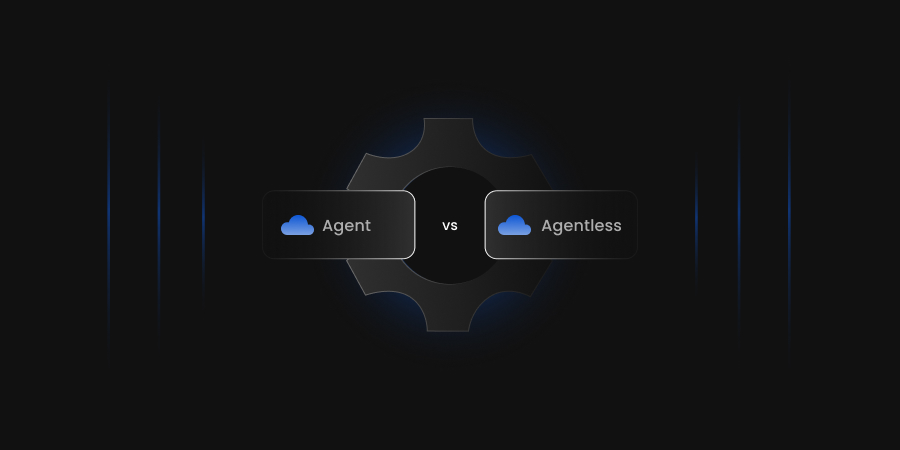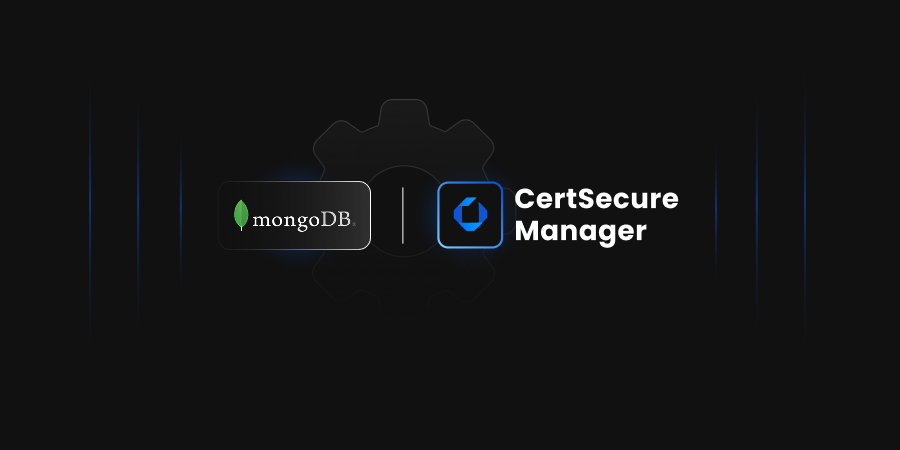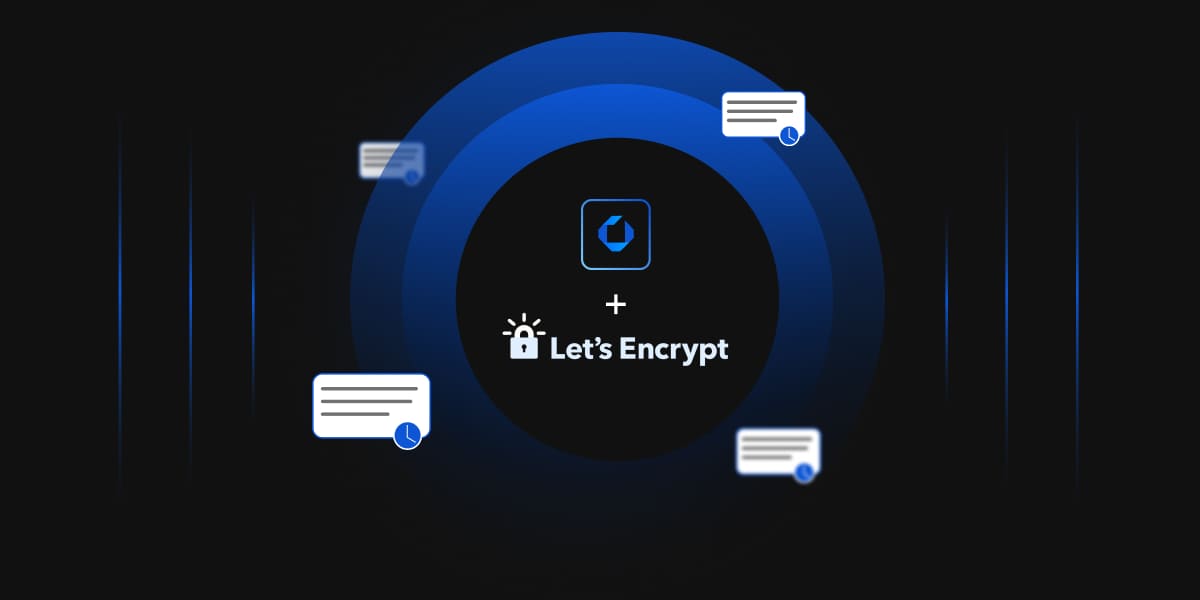In a significant move towards strengthening online security, Google Chrome has announced that it will no longer trust certificates issued by Entrust, a prominent certificate authority (CA). This decision, effective from November 1, 2024, underscores the critical importance of maintaining stringent compliance standards. The move is anticipated to have wide-ranging effects on website security and user trust across the internet.
Understanding Google’s Decision
For several years, Entrust has been one of the trusted entities in the Chrome Root Program, ensuring the authenticity of websites for users. However, recent evaluations by Google have highlighted a troubling pattern of non-compliance and inadequate security practices by Entrust. These findings have led to Google’s decision to sever its trust in Entrust, a move designed to secure users and uphold the integrity of online communications.
Key Issues with Entrust Highlighted by Google
-
Repeated Compliance Failures
Entrust did not consistently meet industry standards for CA operations, which are critical for ensuring the security of the certificates they issue.
-
Failure to Implement Improvements
Despite being flagged for various shortcomings, Entrust failed to make the necessary improvements to enhance its security measures.
-
Lack of Progress in Addressing Incidents
Entrust did not adequately address vulnerabilities identified in public incident reports, leading to a decline in trust among major browser vendors.
Google’s decision is not without precedent. It follows a detailed report from Mozilla, which also flagged significant concerns about Entrust’s operational practices and compliance with industry standards.
The Role of Certificate Authorities
CAs like Entrust play an important role in issuing SSL/TLS certificates that verify the legitimacy of websites. These certificates enable encrypted communications between users and websites, ensuring data integrity and security. However, the responsibility carried by CAs is immense, and lapses in their operations can lead to severe repercussions.
Implications for Users and Website Owners
For Users
After the cutoff date in November, Chrome users might encounter warnings like “Your connection is not private” when visiting websites that continue to use new Entrust certificates. This can create a barrier to accessing these sites and may diminish user trust in them.
For Website Owners
The immediate task for website owners is to transition to a different CA before November 1 to avoid being flagged by Chrome. Existing certificates issued before this date will remain trusted temporarily, but proactive steps are necessary to maintain a secure and trusted online presence.
Google’s stance highlights the broader expectation that CAs must adhere to the highest security standards, especially with rising threats such as Quantum Computing on the horizon.
Enhancing Security Through Modern Certificate Lifecycle Management Solution
In light of the recent decision by Google to cease recognizing certificates issued by Entrust, organizations face the urgent need to transition their digital certificates to more trustworthy CAs. This scenario underscores the critical role that modern Certificate Lifecycle Management (CLM) solutions play in maintaining robust security and operational integrity.
When a CA, like Entrust, is deemed unreliable due to compliance failures or other security concerns, it poses significant risks to an organization’s digital infrastructure. Certificates issued by the untrusted CA must be identified and replaced promptly to prevent potential security breaches and to maintain the trust of users and clients. A modern CLM solution becomes indispensable in such scenarios for several reasons:
-
Automated Certificate Discovery and Migration
-
Efficient Transition
A CLM solution can quickly scan and identify all Entrust-issued certificates within the organization’s network. This automation reduces the manual effort required and ensures that no critical certificates are overlooked during the transition.
-
Centralized Management
By consolidating all certificate information in one place, the CLM solution provides a streamlined process for managing the migration to new, trusted CAs, significantly reducing downtime and operational disruptions.
-
Efficient Transition
-
Enhanced Crypto Agility
-
Swift Adaptation
Modern CLM solutions are designed with crypto agility, enabling organizations to swiftly replace outdated or compromised cryptographic algorithms with newer, more secure ones. This is crucial when shifting away from an untrusted CA, ensuring that the organization’s cryptographic practices remain robust and up to date.
-
Proactive Threat Mitigation
The ability to quickly adapt to new cryptographic standards helps organizations protect against emerging threats, such as those posed by advancements in quantum computing. This agility ensures continuous security even as the cryptographic environment changes.
-
Swift Adaptation
-
Streamlined Compliance and Security
-
Regulatory Adherence
A CLM solution ensures that organizations comply with industry standards and regulations by automating policy enforcement and monitoring certificate usage. This is particularly important when replacing certificates issued by a non-compliant CA.
-
Comprehensive Oversight
Continuous monitoring and detailed reporting capabilities provide visibility into the certificate lifecycle, allowing organizations to quickly address any compliance or security issues that arise during the transition.
-
Regulatory Adherence
-
Cost and Operational Efficiency
-
Reduced Manual Effort
Automating the discovery, issuance, and renewal of certificates minimizes the time and resources required for manual certificate management. This efficiency is crucial when rapidly replacing numerous digital certificates.
-
Focus on Strategic Priorities
By streamlining routine certificate management tasks, a CLM solution frees up IT resources to focus on more strategic initiatives, such as enhancing overall security posture and improving operational efficiency.
-
Reduced Manual Effort
-
Proactive Issue Management
-
Alerts and Notifications
Modern CLM solutions include built-in alert features that notify administrators of expiring certificates or other critical updates. This proactive approach ensures that issues are addressed promptly, reducing the risk of service disruptions during the transition to a more trusted CA.
-
Comprehensive Reporting
Detailed reports on certificate status and lifecycle provide valuable insights, enabling organizations to maintain a secure and compliant certificate environment even in the face of significant changes.
-
Alerts and Notifications
As organizations navigate the complexities of transitioning away from one CA to another, modern CLM solutions offer the necessary tools to ensure a smooth, efficient, and secure migration. They provide the automation, visibility, and compliance features required to maintain robust security and operational integrity.
How CertSecure Manager Can Help?
The recent announcement by Google has created an urgent need for organizations to transition to more reliable CAs. In this critical juncture, our CertSecure Manager helps organizations navigate the challenges of replacing certificates efficiently and securely. Here’s how CertSecure Manager can assist in this scenario:
-
Comprehensive Certificate Discovery and Migration
CertSecure Manager is equipped with powerful discovery capabilities that allow organizations to efficiently identify all Entrust-issued certificates within their network. This ensures no certificate is overlooked, and all are transitioned seamlessly to trusted CAs. The solution’s centralized management feature simplifies the migration process by consolidating certificate data, making it easier to manage and update certificates across the organization.
-
Enhanced Crypto Agility for Quick Adaptation
In scenarios where certificates from an untrusted CA need to be replaced swiftly, crypto agility becomes essential. CertSecure Manager is designed with this flexibility in mind, allowing organizations to quickly adapt to new cryptographic standards and replace compromised algorithms. This ensures that the organization’s cryptographic practices remain robust and up-to-date, mitigating risks associated with outdated or compromised certificates.
-
Seamless Integration and Vendor Neutrality
CertSecure Manager offers true vendor-neutral capabilities, enabling organizations to integrate and manage a variety of CAs. This flexibility is crucial when transitioning away from one CA, as it allows for the seamless addition of new trusted CAs from different networks, creating a hybrid infrastructure that supports a smooth transition. This helps maintain operational continuity while ensuring that all certificates are managed from a single pane of glass.
-
Automated Processes and Cost Efficiency
The automated features of CertSecure Manager, including API Integration, streamline the certificate issuance process and reduce manual interventions. This automation not only speeds up the transition of certificates but also minimizes the risk of errors, ensuring that the migration is both efficient and cost-effective. By automating routine tasks, CertSecure Manager allows IT teams to focus on strategic initiatives, further enhancing organizational productivity.
-
Proactive Monitoring and Compliance
CertSecure Manager’s compliance features ensure that the organization adheres to industry standards and regulatory requirements, even during the transition from an untrusted CA. Continuous monitoring and detailed reporting provide visibility into the certificate lifecycle, helping organizations identify and rectify compliance issues promptly. This proactive approach minimizes the risk of security breaches and ensures that the organization remains compliant throughout the transition.
-
Improved Security and Reduced Downtime
With CertSecure Manager’s Discovery and Inventory Management, organizations can efficiently manage their certificates and avoid the pitfalls of missing or expiring certificates. The system’s alert and notification capabilities provide timely warnings about expiring certificates, ensuring that necessary actions are taken before issues arise. This reduces the risk of service disruptions and helps maintain a secure digital environment during the migration process.
-
Strategic Departmental Segregation and Autonomy
CertSecure Manager facilitates strategic departmental segregation, allowing different departments within an organization to have dedicated users and PKI administrators. This logical separation ensures that each department can manage its certificates independently while aligning with organizational policies and regulatory requirements. This feature is particularly useful in large organizations where different departments may have unique security needs and certificate requirements.
-
Reporting and Issue Management
CertSecure Manager’s detailed reporting capabilities, including inventory and expiration reports, provide valuable insights into the status of all digital certificates. These reports help organizations stay ahead of potential issues by identifying certificates that need to be replaced or renewed. The system’s built-in alert feature ensures that important updates and notifications are communicated promptly, reducing the likelihood of overlooked issues that could lead to security breaches or compliance violations.
Conclusion
Google’s decision to sever trust with Entrust highlights the critical importance of maintaining trust and security in digital environments. As organizations navigate the implications of this change, they must prioritize agile responses and strategic transitions to ensure continuity and compliance.
Looking forward, vigilance in managing digital certificates and adhering to compliance standards will be crucial. This incident underscores the ongoing need for robust cybersecurity practices to secure against digital threats and regulatory challenges.
In summary, the industry’s response to incidents like these underscores a collective commitment to enhancing digital security and resilience. Organizations that proactively adapt to these challenges will strengthen their cybersecurity defense and maintain trust in their digital operations.




